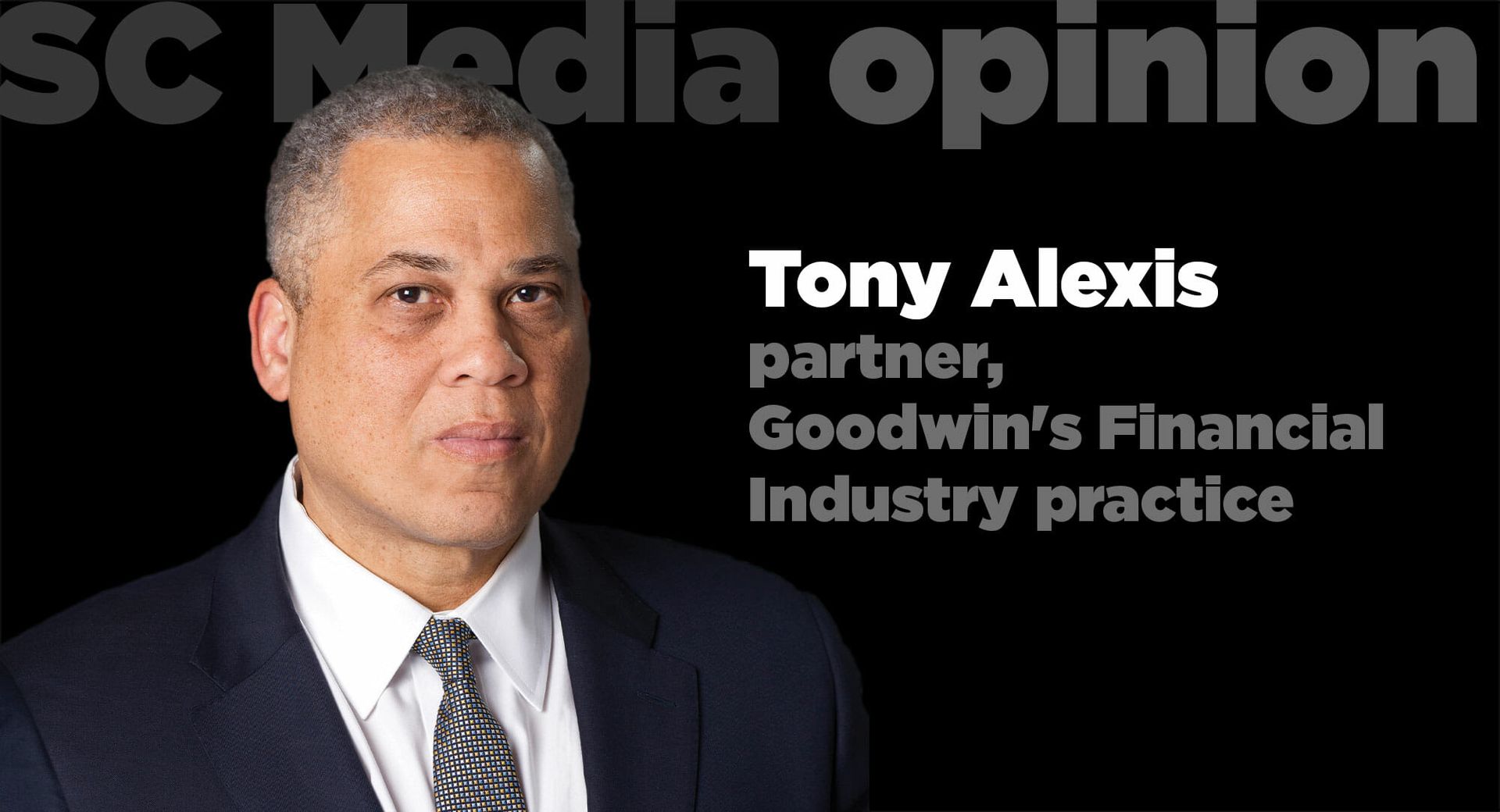Recently, Andrew Smith, Director of the FTC’s Bureau of Consumer Protection stated that one of its priorities would be to “combat bad practices in the lead generation market.” 33 Antitrust ABA 75, 76 (Spring 2019). Smith suggested the FTC was concerned about the entire ecosystem’s bad practices. He echoed his remarks during Comply 2019, an industry conference of compliance professionals.

He went further to indicate that the FTC would address the entire lead generation market – not just the lead generators; but also, the purchasers and end-users of the leads. Comply 2019. In addition, the CFPB, which also addresses improper lead generation practices impacting consumer financial services, settled a lawsuit with a lead generator for bad and illegal practices. In that suit, the defendants were required to pay a stiff penalty and faced corporate and personal industry bans. CFPB v. D&D Marketing d/b/a T3 Leads, (March 28, 2019).
As Smith signaled, the digital age is transforming not only how consumers purchase financial goods and services; but also, the methods companies use to market their services and products. The dramatic shift from traditional media to the internet has several upsides for companies seeking to identify potential customers and convert interest into sales leads. It decreases expenses but also accelerates the speed to almost real time in identifying, targeting and converting potential customers to paid sales. This market speed causes significant competition for leads and, often, competition can mean cutting corners on compliance. It sparks inherent risk for all parties—including personal prohibition from industry markets as demonstrated in the California case. For market players, it is important to understand the issues and their impact.
While digital marketing is attractive because it is quicker and less expensive than other media, its ability to attract customers’ attention is also key. Digital marketing can be more engaging with graphics, links, and back-end analytics that use sophisticated algorithms to serve up more things to buy. These tactics show no sign of stopping and with mobile devices, digital methods are a marketer’s key investment. According to the Interactive Advertising Bureau’s (IAB) 2018 saw the highest expenditures on digital/internet advertising: $107,487,000,000, a 21.8% increase from 2017. https://www.iab.com/insights/iab-internet-advertising-revenue-report-conducted-by-pricewaterhousecoopers-pwc-2/#year2019
In financial services, “lead generation” is the process of identifying and screening consumers who may be interested in obtaining a financial service or product. These product markets include payday lending, credit cards, automobile loans, student loans, debt relief, and mortgage lending.
It is designed to take interested consumers, refine the list for targeting for particular products and distribute potential consumers and their information to companies. Those companies buy leads and convert them into business opportunities by direct consumer interaction. Potential customers are identified through various means such as shopping websites, comparison websites (for mortgage rates, for example), or search engine results (clicking). Some lead generators simply sell the collected information to lead aggregators who run analytic models to determine the best targets for potential sales to companies. They will examine pertinent data indicators collected from consumers such as an application for a transaction (loan) to create sales target profiles.
While potential compliance risks for companies are inherent in the process, the impact on consumers is equally risky. They face fraudulent lenders, privacy challenges, and little transparency. For those not skilled in digital interaction, the risks are higher and the potential for exploitation are even greater.
Fraudulent lending operations thrive in this digital age. Although some states require licenses for lead generators to operate, they are otherwise subject to very little or no regulation. The manner in which lead generators operate (the amount they are willing to pay per click for example), may incentivize them to continue to sell leads to the part of the market where illegal behavior is rampant. For example, some consumers believe that they are applying directly for a loan and provide very confidential personal identification and financial data such as Social Security numbers and bank account information. Regulators have enforced against bad actors who take information, open accounts in consumer’s names, withdraw and even liquidate money from their accounts. Consumers must be vigilant and companies must know the challenges.
Privacy concerns. Under Gramm Leach Bliley, financial institutions must disclose how the consumers’ personal data is shared. Is the company that is buying the leads taking all necessary steps to safeguard the information, as required, if the financial service or product includes an extension of credit? If not, there is a risk of non-compliance by the purchaser of the leads. Information that contains consumers’ personal data may be subject to various state privacy laws such as the California Consumer Privacy Act and other states that have similar statutes. Is the lead generated within the law? For example, the EU’s GDPR sets out rules for businesses so that personal data are collected and protected properly. The information sold may be incomplete or inaccurate and could include invalid waivers such as Telephone Consumer Protection Act (TCPA) waivers that subjects purchasers of the leads to risk. Compliance is not only a challenge for the lead generator; but also, poses considerations for lead purchasers and should include steps demonstrating due diligence, proper monitoring of the lead generator’s business model, and appropriate disclosures for the consumers.
Transparency challenges. While some comparison shopping websites have good models for disclosure – including informing the consumer the limits of its authority and certain rights the consumers have to provide information or not to others, many do not. In some cases, the consumer may be under the impression that he/she is providing information directly to the company managing the website (they are applying for a loan directly on the website). For the consumer, not knowing whom it is doing business with and what may happen to personal information remains a significant risk. Consumers lacking digital skills may be easy targets.
While the CFPB, the FTC and state regulators continue to enforce against bad practices in this market, industry should be monitoring itself. Sound compliance practices and expertise can help guide companies through the dynamic digital age.



